Stainless steel (Stainless Steel) is the abbreviation of stainless acid-resistant steel, and the steel grades that are resistant to weak corrosive media such as air, steam, water, or have stainless properties are called stainless steel.
The term "stainless steel" does not simply refer to one kind of stainless steel, but refers to more than one hundred kinds of industrial stainless steel, each of which has good performance in its specific application field.
They all contain 17 to 22% chromium, and better steel grades also contain nickel. Adding molybdenum can further improve atmospheric corrosion, especially resistance to corrosion in chloride-containing atmospheres.
一. Classification of stainless steel
1. What is stainless steel and acid-resistant steel?
Answer: Stainless steel is the abbreviation of stainless acid-resistant steel, which is resistant to weak corrosive media such as air, steam, water, or has stainless steel. Corroded steel grades are called acid-resistant steels.
Due to the difference in chemical composition of the two, their corrosion resistance is different. Ordinary stainless steel is generally not resistant to chemical medium corrosion, while acid-resistant steel is generally stainless.
2. How to classify stainless steel?
Answer: According to the organizational state, it can be divided into martensitic steel, ferritic steel, austenitic steel, austenitic-ferritic (duplex) stainless steel and precipitation hardening stainless steel.
(1) Martensitic steel: high strength, but poor plasticity and weldability.
The commonly used grades of martensitic stainless steel are 1Cr13, 3Cr13, etc., because of the high carbon content, it has high strength, hardness and wear resistance, but the corrosion resistance is slightly poor, and it is used for high mechanical properties and corrosion resistance. Some general parts are required, such as springs, steam turbine blades, hydraulic press valves, etc.
This type of steel is used after quenching and tempering, and annealing is required after forging and stamping.
(2) Ferritic steel: 15% to 30% chromium. Its corrosion resistance, toughness and weldability increase with the increase of chromium content, and its resistance to chloride stress corrosion is better than other types of stainless steel, such as Crl7, Cr17Mo2Ti, Cr25, Cr25Mo3Ti, Cr28, etc.
Because of its high chromium content, its corrosion resistance and oxidation resistance are relatively good, but its mechanical properties and process properties are poor. It is mostly used for acid-resistant structures with little stress and as anti-oxidation steel.
This type of steel can resist the corrosion of the atmosphere, nitric acid and salt solution, and has the characteristics of good high temperature oxidation resistance and small thermal expansion coefficient. It is used in nitric acid and food factory equipment, and can also be used to make parts that work at high temperatures, such as gas turbine parts, etc. .
(3) Austenitic steel: It contains more than 18% chromium, and also contains about 8% nickel and a small amount of molybdenum, titanium, nitrogen and other elements. Good overall performance, resistant to corrosion by various media.
Generally, solution treatment is adopted, that is, the steel is heated to 1050-1150 ° C, and then water-cooled or air-cooled to obtain a single-phase austenite structure.
(4) Austenitic-ferritic (duplex) stainless steel: It has the advantages of both austenitic and ferritic stainless steel, and has superplasticity. Austenite and ferrite each account for about half of the stainless steel.
In the case of low C content, the Cr content is 18% to 28%, and the Ni content is 3% to 10%. Some steels also contain alloying elements such as Mo, Cu, Si, Nb, Ti, and N.
This type of steel has the characteristics of both austenitic and ferritic stainless steels. Compared with ferrite, it has higher plasticity and toughness, no room temperature brittleness, significantly improved intergranular corrosion resistance and welding performance, while maintaining iron The body stainless steel is brittle at 475°C, has high thermal conductivity, and has the characteristics of superplasticity.
Compared with austenitic stainless steel, it has high strength and significantly improved resistance to intergranular corrosion and chloride stress corrosion. Duplex stainless steel has excellent pitting corrosion resistance and is also a nickel-saving stainless steel.
(5) Precipitation hardening stainless steel: the matrix is austenite or martensite, and the commonly used grades of precipitation hardening stainless steel are 04Cr13Ni8Mo2Al and so on. It is a stainless steel that can be hardened (strengthened) by precipitation hardening (also known as age hardening).
According to the composition, it is divided into chromium stainless steel, chromium-nickel stainless steel and chromium manganese nitrogen stainless steel.
(1) Chromium stainless steel has certain corrosion resistance (oxidizing acid, organic acid, cavitation), heat resistance and wear resistance, and is generally used as equipment materials for power stations, chemicals, and petroleum. However, its weldability is poor, and attention should be paid to the welding process and heat treatment conditions.
(2) During welding, chromium-nickel stainless steel is subjected to repeated heating to precipitate carbides, which will reduce corrosion resistance and mechanical properties.
(3) The strength, ductility, toughness, formability, weldability, wear resistance and corrosion resistance of chromium-manganese stainless steel are good.
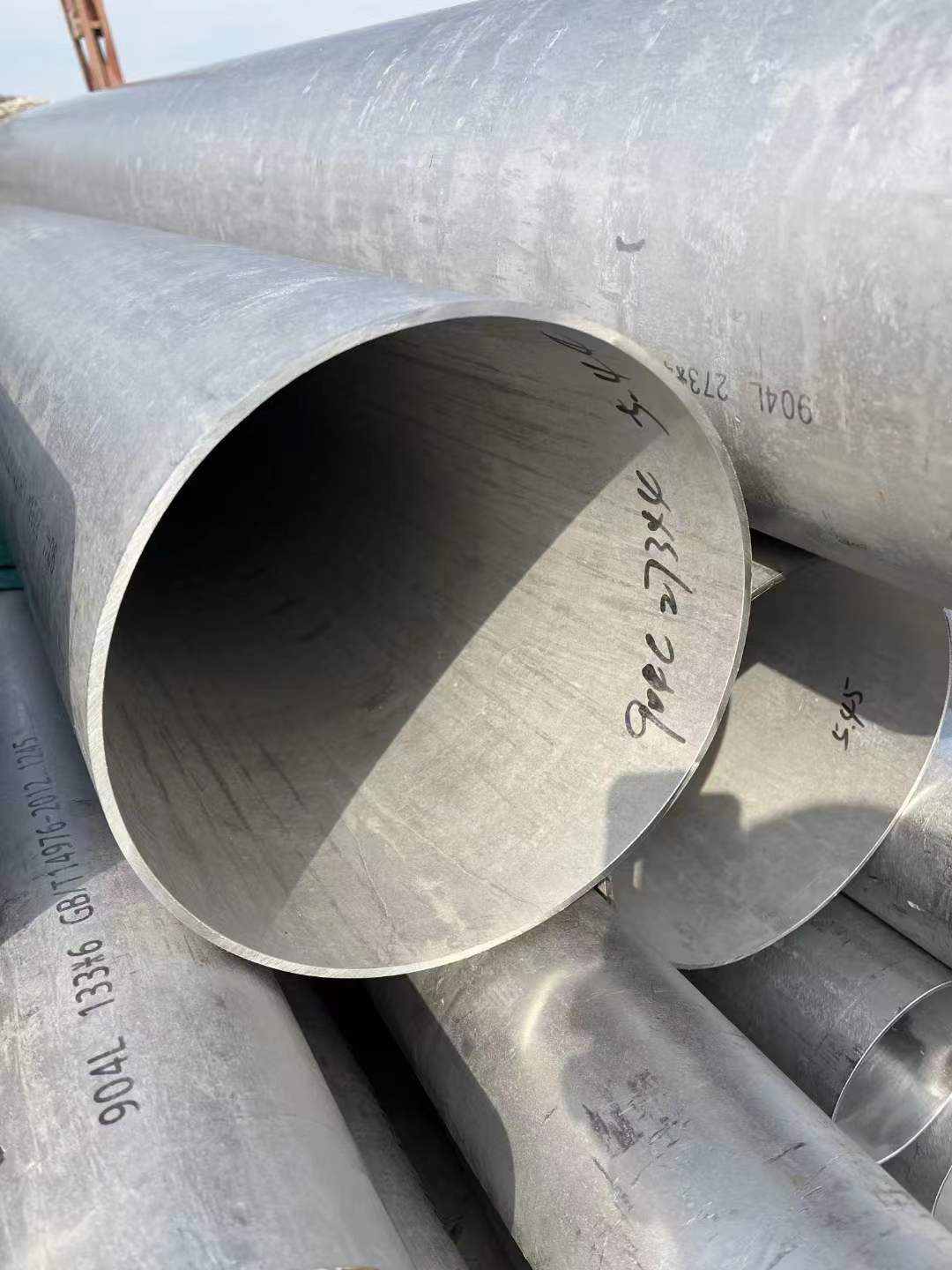
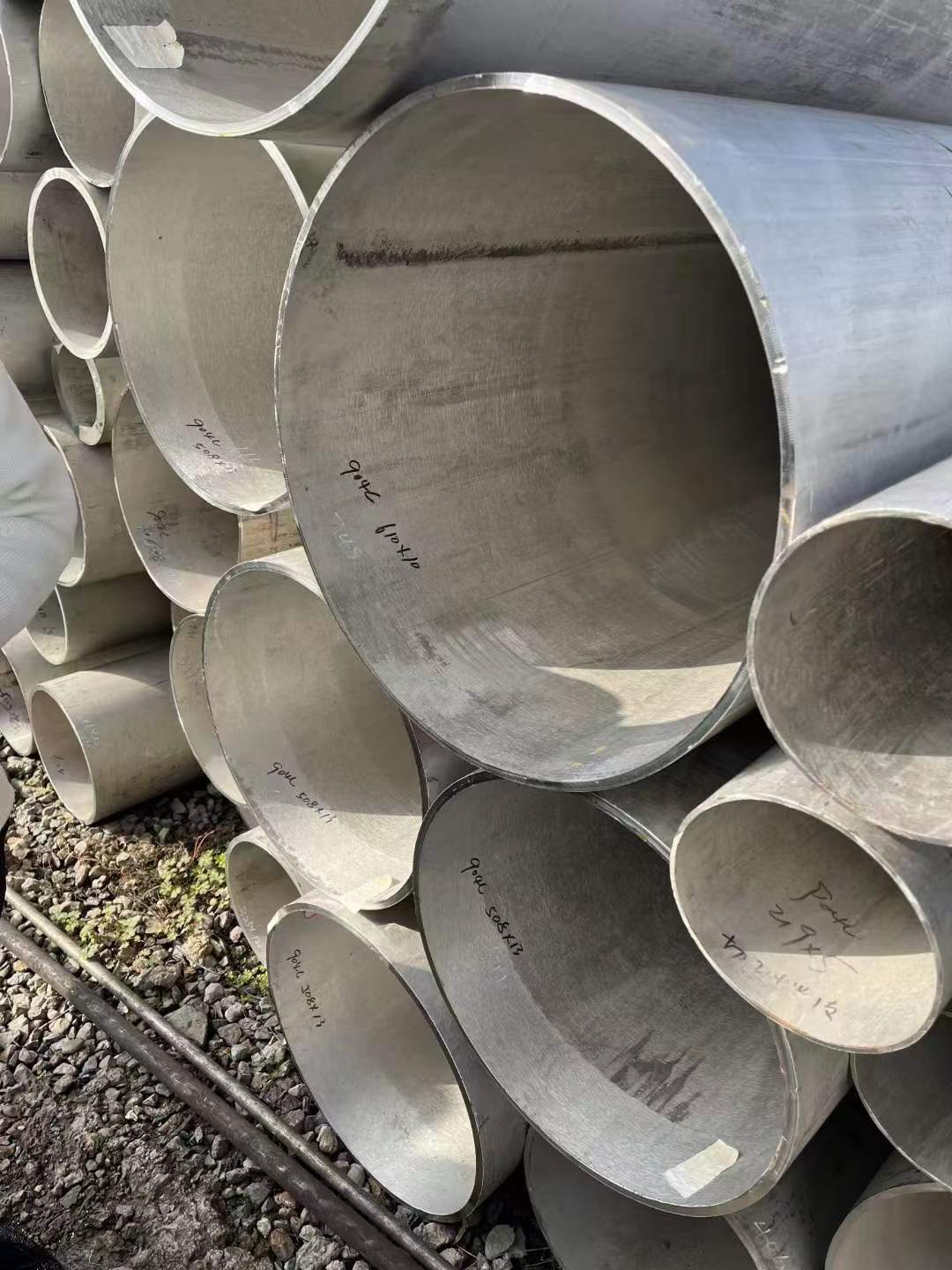
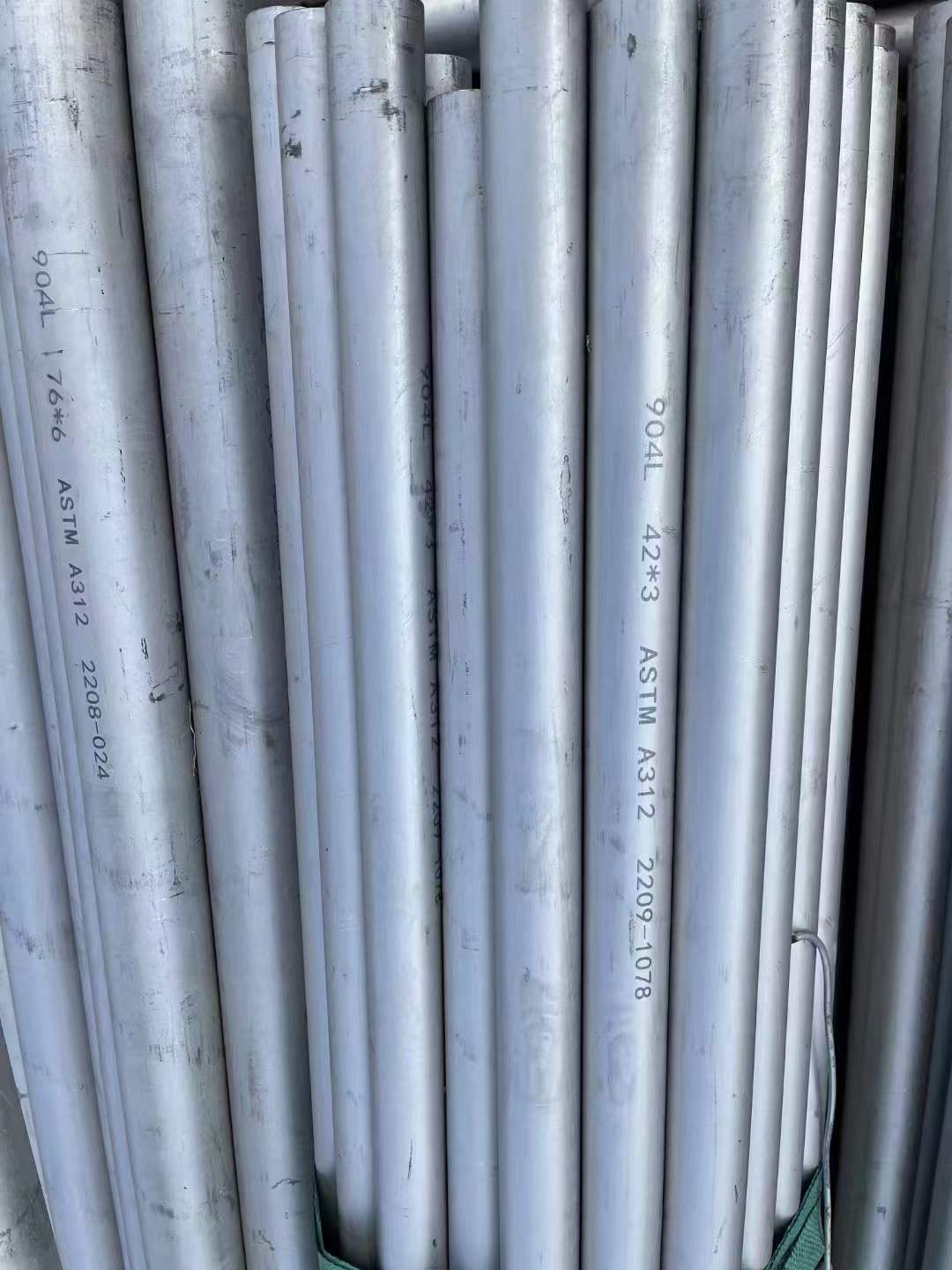
二. Difficult problems in stainless steel welding and introduction to the use of materials and equipment
1. Why is welding stainless steel difficult?
Answer: (1) The heat sensitivity of stainless steel is relatively strong, and the residence time in the temperature range of 450-850 ° C is slightly longer, and the corrosion resistance of the weld and heat-affected zone will be seriously reduced;
(2) prone to thermal cracks;
(3) Poor protection and severe high temperature oxidation;
(4) The linear expansion coefficient is large, and it is easy to produce large welding deformation.
2. What effective technological measures can be taken for welding austenitic stainless steel?
Answer: (1) Strictly select welding materials according to the chemical composition of the base metal;
(2) Fast welding with small current, small line energy reduces heat input;
(3) Thin diameter welding wire, welding rod, no swing, multi-layer multi-pass welding;
(4) Forced cooling of the weld seam and heat-affected zone to reduce the residence time at 450-850°C;
(5) Argon protection on the back of the TIG weld;
(6) The welds in contact with the corrosive medium are finally welded;
(7) Passivation treatment of weld seam and heat-affected zone.
3. Why should we choose 25-13 series welding wire and electrode for welding austenitic stainless steel, carbon steel and low alloy steel (dissimilar steel welding)?
Answer: Welding dissimilar steel welded joints connecting austenitic stainless steel with carbon steel and low alloy steel, the weld deposit metal must use 25-13 series welding wire (309, 309L) and welding rod (Austenitic 312, Austenitic 307, etc.).
If other stainless steel welding consumables are used, martensitic structure and cold cracks will appear on the fusion line on the side of carbon steel and low alloy steel.
4. Why do solid stainless steel welding wires use 98%Ar+2%O2 shielding gas?
Answer: During MIG welding of solid stainless steel wire, if pure argon gas is used for shielding, the surface tension of the molten pool is high, and the weld is poorly formed, showing a "humpback" weld shape. Adding 1 to 2% oxygen can reduce the surface tension of the molten pool, and the weld seam is smooth and beautiful.
5. Why does the surface of solid stainless steel welding wire MIG weld turn black? How to solve this problem?
Answer: The MIG welding speed of solid stainless steel welding wire is relatively fast (30-60cm/min). When the protective gas nozzle has run to the front molten pool area, the weld seam is still in a red-hot high-temperature state, which is easily oxidized by air, and oxides are formed on the surface. Welds are black. The pickling passivation method can remove the black skin and restore the original surface color of stainless steel.
6. Why does solid stainless steel welding wire need to use a pulsed power supply to achieve jet transition and spatter-free welding?
Answer: When solid stainless steel wire MIG welding, φ1.2 welding wire, when the current I ≥ 260 ~ 280A, the jet transition can be realized; the droplet is short-circuit transition with less than this value, and the spatter is large, generally not recommended.
Only by using the MIG power supply with pulse, can the pulse droplet transition from small specification to large specification (choose the minimum or maximum value according to the wire diameter), spatter-free welding.
7. Why is the flux-cored stainless steel welding wire protected by CO2 gas instead of a pulsed power supply?
Answer: Currently commonly used flux-cored stainless steel welding wire (such as 308, 309, etc.), the welding flux formula in the welding wire is developed according to the welding chemical metallurgical reaction under the protection of CO2 gas, so in general, there is no need for pulsed arc welding power supply ( The power supply with pulse basically needs to use mixed gas), if you want to enter the droplet transition in advance, you can also use pulse power supply or conventional gas shielded welding model with mixed gas welding.
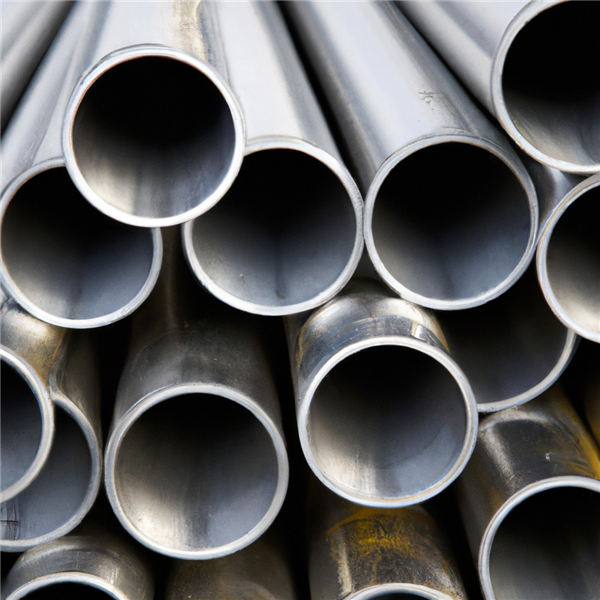
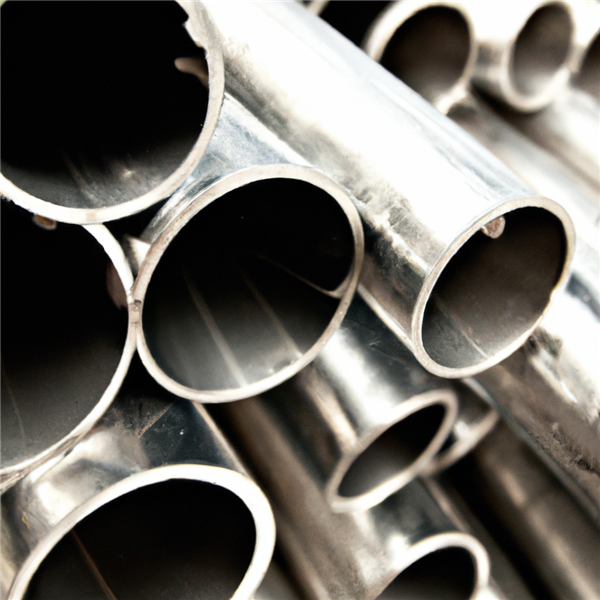
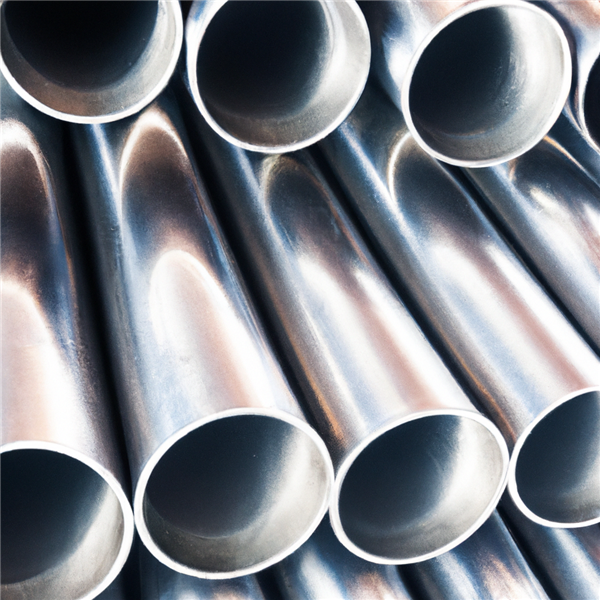
Post time: Mar-24-2023
